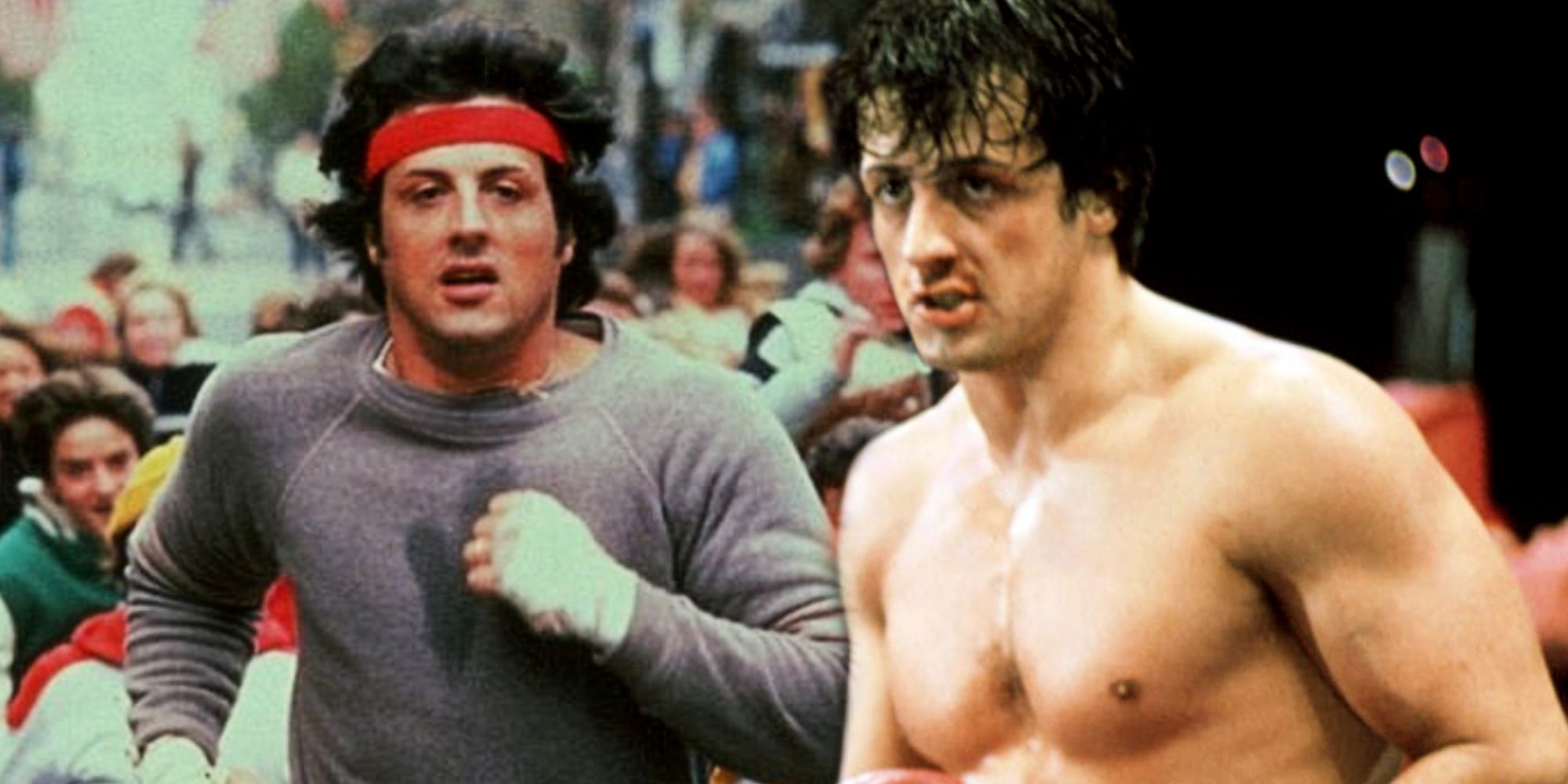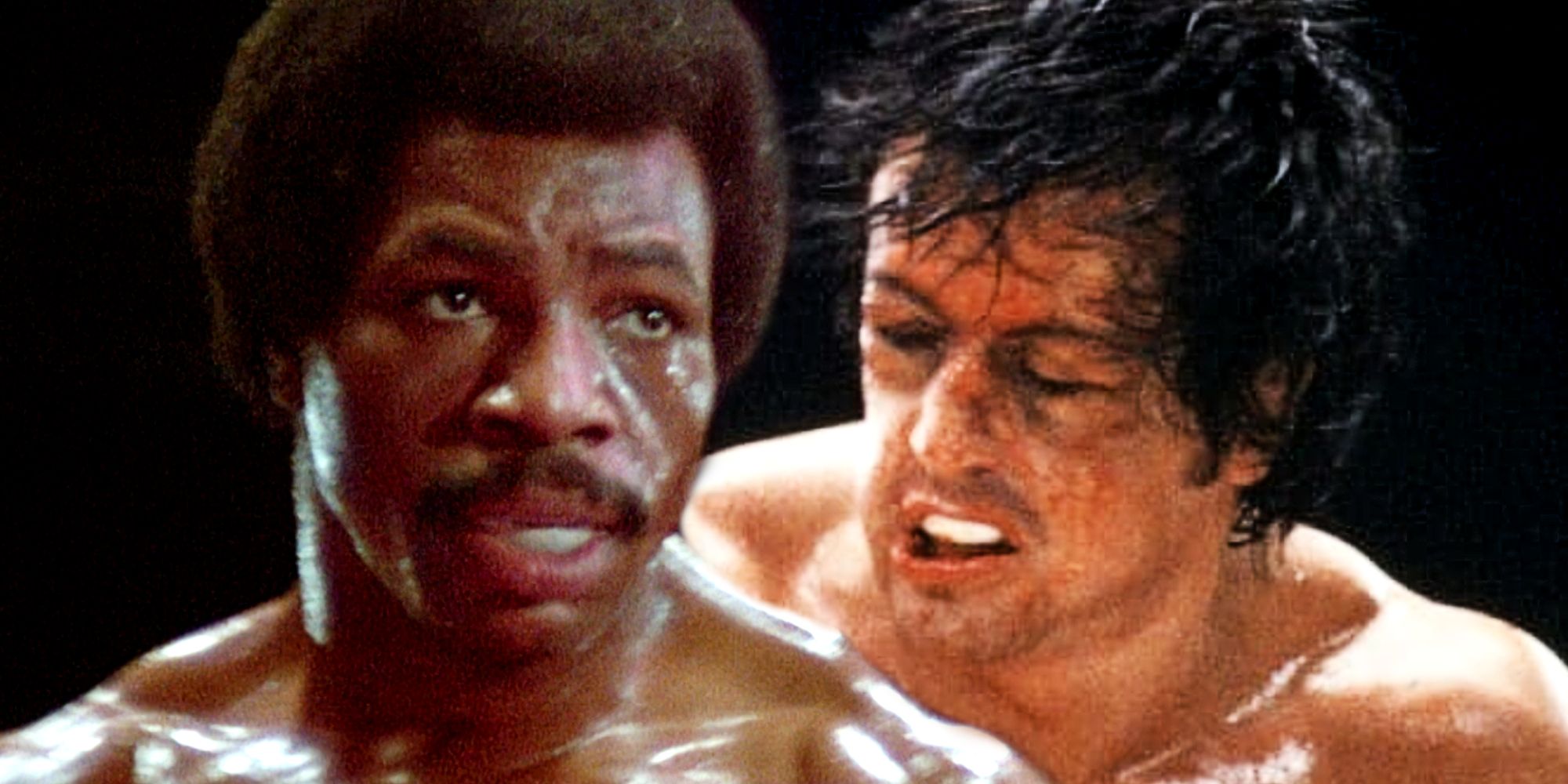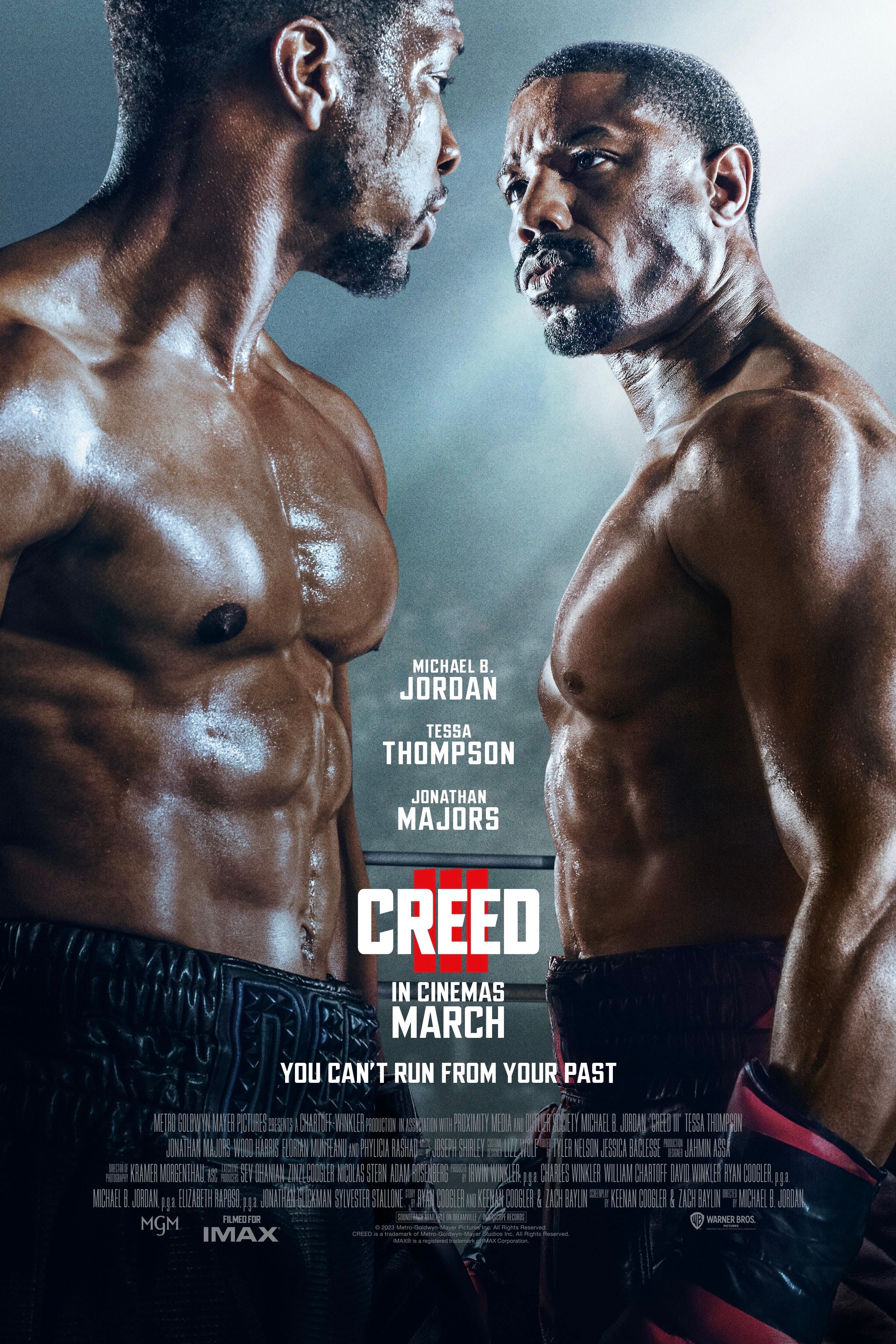The legendary fight between Rocky Balboa and Apollo Creed in 1976's Rocky wasn't shown in its entirety due to various factors. Sylvester Stallone's Rocky has aged like fine wine because of the timeless nature of the titular fighter's struggle to fulfill his dreams against all odds. Rocky is defined by his physical prowess and his undying will to "go the distance", even if that means Rocky wouldn't knock out Apollo in the end.
That final match between Rocky and Apollo lasts a brutal 15 rounds, during which Rocky knocks the arrogance out of Apollo, but gradually loses his strength as well. Rocky and Apollo's 1976 match is still one of the Rocky franchise's most iconic fights even though the movie only showed a small fraction of it, limited to the first two rounds and snippets of other key moments in the battle until Rocky and Apollo can barely throw a punch in the final round. This is something that happens in all the sequels, as it became a tradition for the Rocky franchise to never show the full fights. However, there's a logical reason behind it.
Rocky doesn't show the full fight between Rocky and Apollo Creed because, first, staying accurate to the fight's technical aspects for 15 rounds would have taken too much energy from the actors, as they have to focus on their performances as well as their movements. Second, 1976's Rocky didn't have the same budget as its sequels. Sylvester Stallone and his crew needed to shoot only what was really necessary to make the story effective. Stallone had to roll with the punches multiple times behind the scenes. For instance, the original ending where Rocky and Talia Shire's Adrian walk away after the final fight had to be replaced with Rocky simply calling for Adrian inside the ring — though the original survives in the form of Rocky's iconic poster.
Why Rocky Showing So Little Of His Apollo Creed Fight Works
The ellipsis — the deliberate omission of redundant information — is a powerful device in filmmaking. Rocky fast-forwards through the bulk of the fight to suggest that the powerful fight viewers saw in the first two rounds continued with the same intensity without having to waste resources shooting the same kind of footage. Rocky and Apollo's physical deterioration gets the point across just fine, whereas showing the full 15 rounds could have thrown the pacing off and lost the sense of excitement that the movie needed. Besides, a full version of the fight would have encouraged the feeling that Rocky would end up winning the fight, only to disappoint viewers with his defeat after sitting through such a long and grueling ordeal.
One clear strength of all the Rocky movies is the efficiency with which they convey Rocky's struggle. This is most evident in the Rocky franchise's famous training montages. For instance, Sylvester Stallone had Rocky run all across Philadelphia in the course of less than a single morning, but Stallone only needed to film brief shots of himself jogging in different parts of the city. Rocky's many training sequences were much more effective in the form of montages than traditional scenes that could have taken up half the movie, and the actual matches are no different. Rocky's fight with Apollo Creed in 1976's Rocky is a quintessential boxing match in movie history, and its perfect length is a big part of it.


